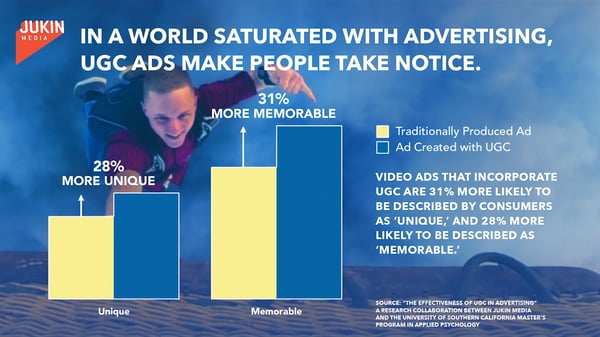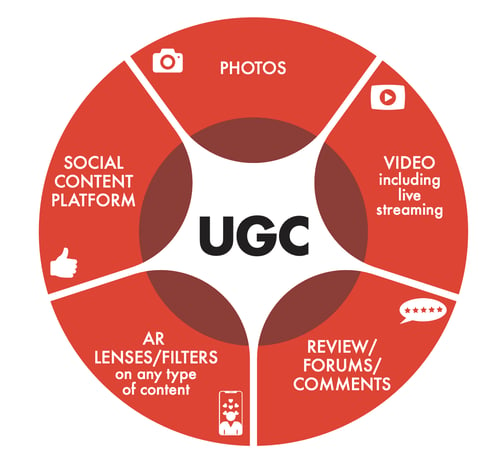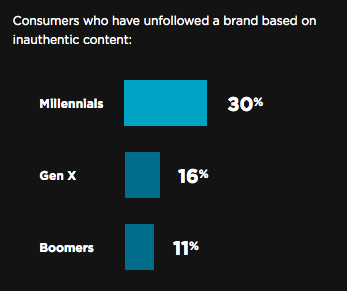Ultimately, I've found that the apartment listings I'm most drawn to have links to video tours filmed by current tenants.
When I've watched tours filmed by tenants, they'll explain what they like about their apartment, note major pros and cons, and give tiny -- but authentic -- details that the average salesperson might not offer. For example, in one video, a tenant honestly revealed one pro and one con about a bathroom by saying, "The bathtub has a great jacuzzi, which makes up for the lower water pressure."
After viewing a pleasant and seemingly trustworthy virtual tour, I feel like I've gotten an in-depth and authentic look at the product, as well as thoughts from a previous customer who is an expert on the product. Additionally, because the tenant often voluntarily offers their time to host the create video or virtual tour, I also get the sense that they are willing to help a trusted landlord find a new tenant.
Ultimately, I'm more likely to respond to an apartment listing with a great tenant-generated virtual tour than a listing with over-produced images or videos edited by an outsider.
When it comes to smaller purchases, I feel the same way about promotional content created by customers. This content shows me what the product is like in real life and proves that customers are delighted enough about their experience to promote a trusted brand.
And, I'm not the only consumer (or marketer) who thinks this. An estimated 90% of consumers say user-generated content (UGC) holds more influence over their buying decisions than promotional emails and even search engine results.
Below, I'll highlight more stats, facts, and figures that demonstrate the benefits of user-generated content.
For a quick guide on how UGC can become a major asset to your business, check out our video.
23 User-Generated Content Stats to Know in 2020
Benefits of User-Generated Content- Consumers find UGC 9.8x more impactful than influencer content. (Stackla, 2020)
- 79% of people say UGC highly impacts their purchasing decisions, (Stackla, 2020)
- 48% of marketing professionals believe that content created by customers can help humanize their marketing. (TINT, 2018)
- 34% of TINT users surveyed and 45% of marketing professionals agreed that UGC helps increase key social media KPIs. (TINT, 2018)
- 42% of marketers say user-generated content is a vital component of their effective marketing strategy. (TINT, 2018)
- Ads featuring UGC garnered 73% more positive comments on social networks than traditional ads. (Jukin Media, 2018)
- 31% of consumers say advertisements that feature UGC content are more memorable than traditional ads without it. (Jukin Media, 2018)
- 28% of consumers say ads with UGC content in them are also more unique than ads without this type of content. (Jukin Media, 2018)

UGC Tactics
- 50% of marketers have utilized user-generated content in email marketing, (TINT, 2018)
- Meanwhile, 58% of marketers have implemented UGC in ad campaigns. (TINT, 2018)
- Nearly half of marketers use UGCto support their overall marketing campaigns. (TINT, 2018)
- 41% of marketing professionals ranked content engagement as their top KPI for tracking user-generated content. (TINT, 2018)
- The most common types of UGC are photos, videos, social media content, customer reviews or forums, and content created with branded AR filters. (IAB, 2019)
- 60% of consumers believe UGC is the most authentic marketing content. (Stackla, 2017)
- 75% of marketers believe user-generated content feels more authentic than other types of content. (TINT, 2018)
- Although 92% of marketers think they're creating authentic content, 51% of consumers think their favorite brands offer authenticity. (Stackla, 2020)
- 57% of consumers think that less than half of the content brands create resonates as authentic. (Stackla, 2017)
- Consumers are 2.4x more likely to say user-generated content is authentic compared to brand-created content. (Stackla, 2020)
- 56% of internet users say they find out about products from friends or acquaintances while 32% rely on customer reviews. (Statista, 2020)
- On average, 20% of consumers have unfollowed a brand on social media because they felt their content was inauthentic. (Stackla, 2017)
- 70% of the time, consumers are able to distinguish between consumer-created content and brand-created content. (Stackla, 2017)

- Demographically, more Gen Z YouTube viewers prefer UGC to professional videos more than older generations. (YouTube, 2020)
- Globally, Gen Z and millennial generations watch more user-generated content than Gen X and Boomer generations. (YouTube, 2020)
- More than 30% of millennials have unfollowed a brand due to inauthentic content. (Stackla, 2017)

Defining a User-Generated Content Strategy
As you can see from the stats above, user-generated content not only saves you production time, but it can also make your brand more authentic and trusted.
If the data above has persuaded you to implement UGC in your marketing strategy, here are a few next steps you can consider:
- Get inspiration from other brands: Seeing successful examples of UGC from brands in a similar industry will give you an idea of which customers to reach out to and how to amplify their positive thoughts about your product. For a few great UGC examples, check out this blog post.
- Determine how you'll get the content: Will you encourage fans to send you videos on social media, host a content-related contest, or directly ask your clients to promote a product via email? For tips on this step, read this post,
- Be authentic: Remember, the biggest strength of user-generated content is that it allows audiences to see an authentic view of your product. Don't be afraid to promote UGC that might be lower quality but highlights all the best features of your brand or product.
To learn more about how to leverage user-generated content in your marketing, click here.
User-Generated Content




![When UGC Goes Wrong: How Smart Brands React to Controversy [Expert Interviews]](https://53.fs1.hubspotusercontent-na1.net/hubfs/53/when-ugc-goes-wrong.webp)
![10 User Generated Content Campaigns That Actually Worked [+Expert Insights]](https://53.fs1.hubspotusercontent-na1.net/hubfs/53/emplifi%20user-generated%20content.png)
